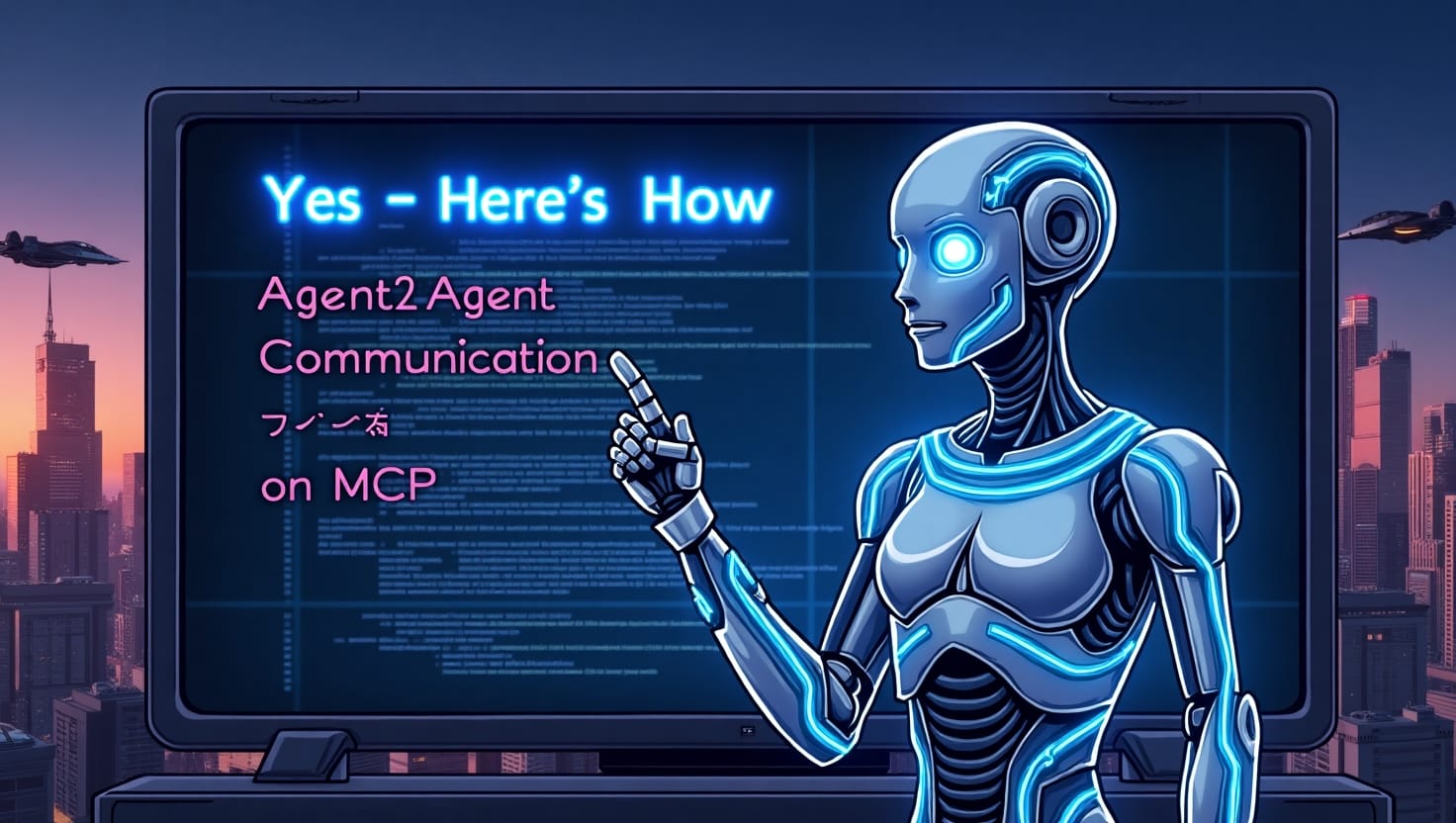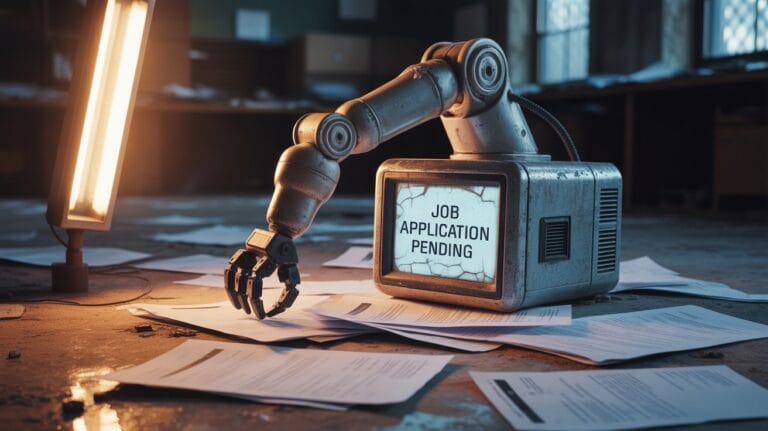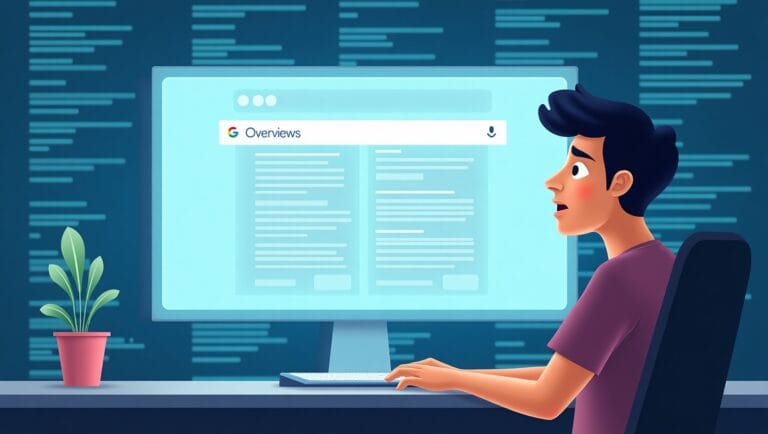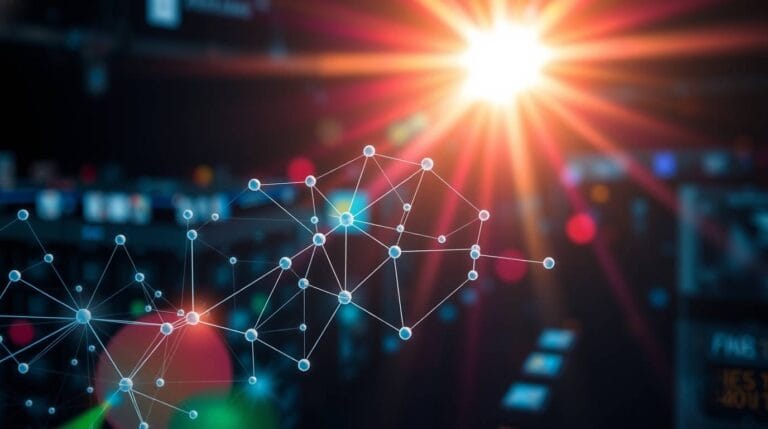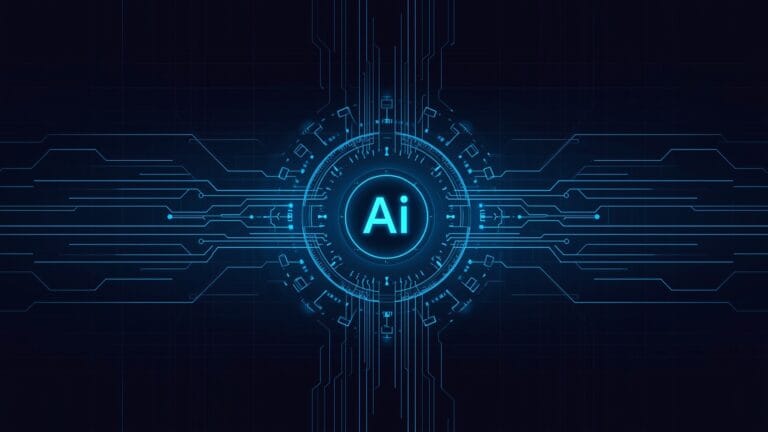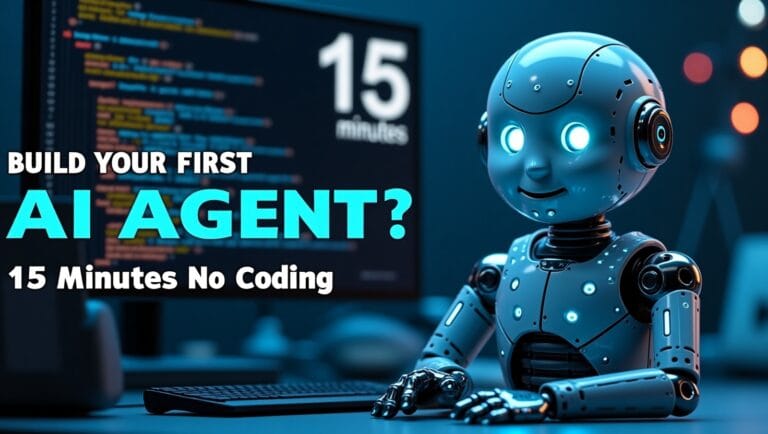🤖Can You Build Agent2Agent Communication on MCP? Yes — Here’s How!
🌐 What Is MCP (Multi-Agent Collaboration Platform)?
The Multi-Agent Collaboration Platform (MCP) is an emerging framework designed to coordinate, manage, and enable communication between autonomous agents, often powered by LLMs (Large Language Models) or other intelligent systems to build Agent2Agent Communication.
Think of it as a digital ecosystem where different AI agents — each with specific roles — can:
- Share tasks
- Exchange information
- Make decisions together
All without human intervention (or minimal oversight).
This kind of architecture is essential in areas like:
- Smart automation
- AI research
- Robotics
- Workflow automation
- Enterprise task orchestration
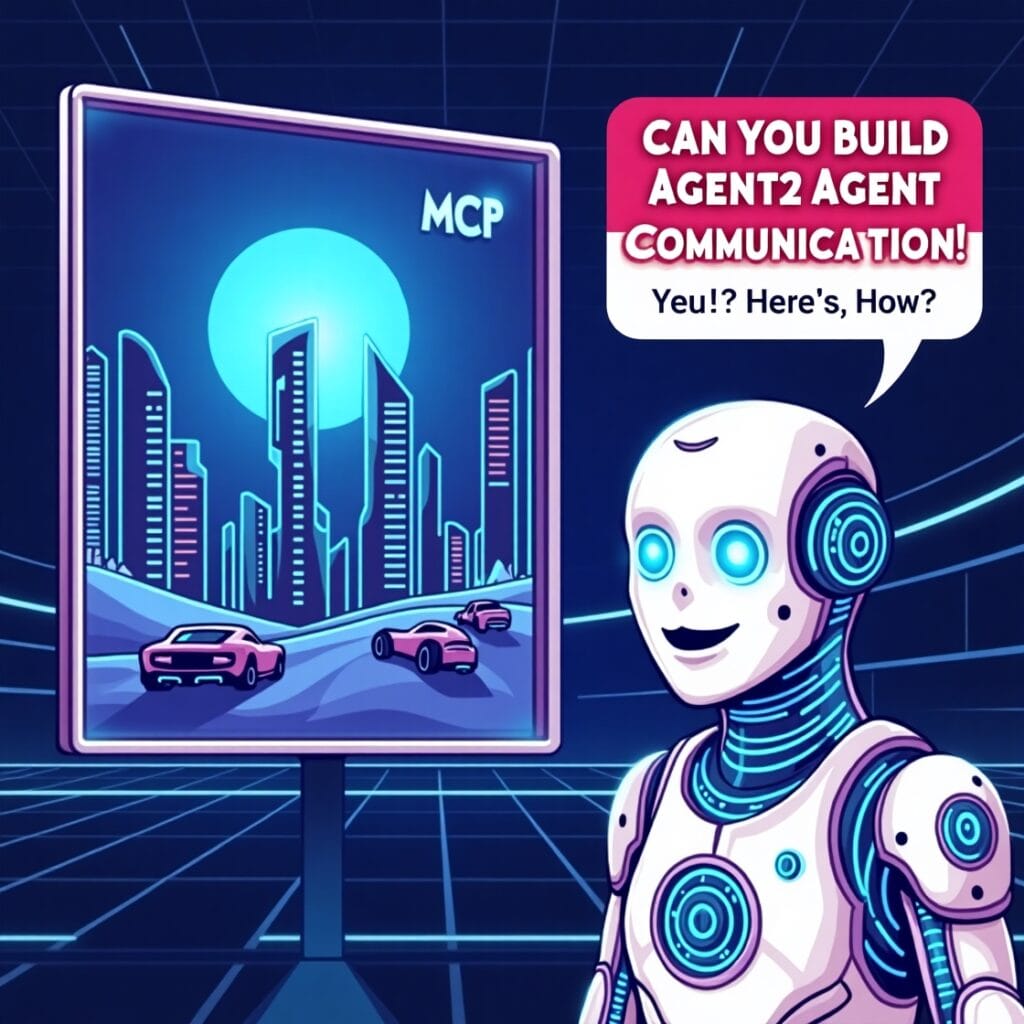
🧠 What Is Agent2Agent Communication?
Before diving deeper, let’s clarify:
Agent-to-Agent (A2A) communication refers to autonomous software entities (agents) interacting and exchanging data or instructions to complete a shared objective.
This is NOT the same as:
- User-to-agent (like a chatbot)
- Agent-to-human (like an assistant)
Here, agents talk to each other, for example:
- One agent gathers data → sends to a processing agent
- A planning agent delegates sub-tasks to action agents
- An AI assistant coordinates multiple specialist agents
✅ Can MCP Enable Agent2Agent Communication?
Yes, 100%! MCP is built specifically for multi-agent workflows. It allows agents to communicate via structured messaging, shared state management, and even goal alignment.
Here’s how it works:
1. Message Passing Protocol
Agents communicate using standardized protocols like:
- JSON-based messages
- gRPC or REST APIs
- WebSockets (for real-time collaboration)
This allows agents to send:
- Commands
- Context updates
- Intentions or queries
2. Shared Memory or Workspace
MCP supports a central knowledge base or workspace where agents can:
- Write results
- Read others’ input
- Avoid redundancy
Think of it like a shared notepad for agents.
3. Role-Specific Agents
You can assign specialized roles, like:
| 🧠 Agent Name | 📋 Role |
|---|---|
| ResearchAgent | Gathers data from the web or APIs |
| PlannerAgent | Breaks goals into tasks |
| DevAgent | Writes code snippets |
| DebuggerAgent | Tests or validates logic |
| ReportAgent | Summarizes findings or responses |
Each agent works independently, but talks to others via MCP’s orchestrator.
🔧 How To Build Agent2Agent Communication on MCP
You’ll need the following core components:
🔁 1. Agent Framework
Use LangChain, AutoGen, CrewAI, or custom logic. MCP acts as the orchestrator, not the LLM itself.
🔄 2. Message Router / Broker
Implement a lightweight broker (can be built into MCP) to:
- Route messages to correct agents
- Maintain conversation threads
- Handle timeouts/errors
📚 3. Task State Tracker
Ensure agents know:
- What’s completed
- What’s pending
- What others are doing
You can use Redis, vector DBs, or local memory depending on your scale.
🧩 4. Plug-in Interfaces
Let agents interact with tools (e.g., APIs, databases, external software) via plugins.
Example: The “SearchAgent” might call Bing or DuckDuckGo APIs before reporting to “SummarizeAgent.”
🌟 Example Use Case: Auto-Research AI Agent Chain
Imagine you’re building a system that:
- Finds information
- Verifies it
- Summarizes it
- Sends a report
Here’s how agents would talk:
User ➡️ PlannerAgent ➡️ SearchAgent ➡️ VerifierAgent ➡️ SummaryAgent ➡️ User
Every step involves agent-to-agent messaging handled seamlessly through MCP.
🔐 Security & Governance in A2A Communication
MCP also ensures communication is:
- Secure (via token-based auth or API keys)
- Auditable (logs agent decisions)
- Controlled (set rules for agent behaviors)
This is crucial in enterprise environments where agents might access sensitive systems.
🧠 Bonus: LLM-Aware Agents in MCP
Each agent can run on:
- GPT-4o, Claude, Gemini, Mistral, or any LLM of your choice
- Or even non-LLM logic, like APIs or scripts
Thanks to MCP’s flexible architecture, you can mix and match LLMs + classic logic seamlessly.
🛠 Tools You Can Integrate with MCP
| Tool | Use Case |
|---|---|
| LangChain | Prompt engineering & tool usage |
| AutoGen | Multi-agent logic setup |
| OpenAgents | Structured agent-to-agent frameworks |
| Redis | Task and memory management |
| Pinecone / FAISS | Long-term memory via vector databases |
| FastAPI / Flask | Interface or trigger endpoints |
🚀 Final Thoughts
Yes — Agent2Agent communication is 100% possible on MCP, and it’s already redefining how intelligent systems collaborate.
By using the MCP framework:
- You can build scalable, intelligent, and collaborative agent networks
- You can automate workflows end-to-end — with zero human micromanagement
- And you can unlock next-gen AI applications for business, research, and innovation
Whether you’re an AI researcher, product builder, or just curious about the future of AI systems — MCP is worth exploring.

